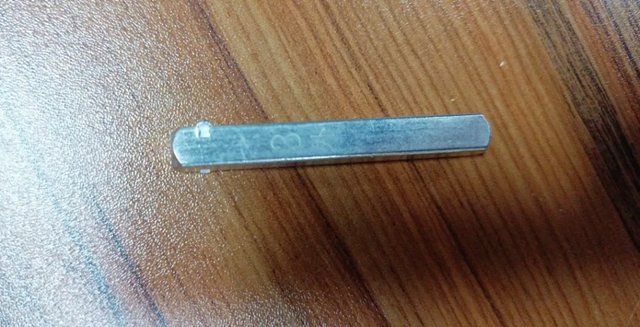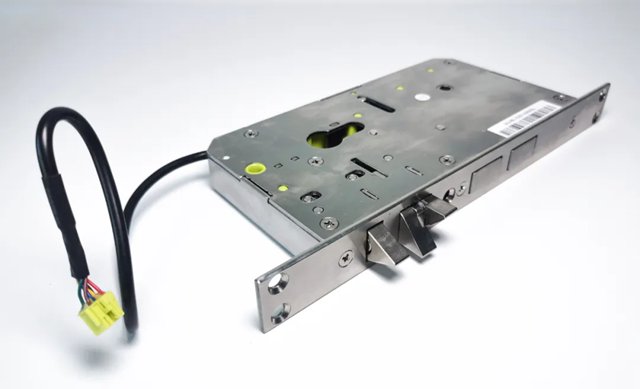Over the years, the development of smart locks has reached a stage of considerable maturity. Consumers are now well-acquainted with common structural designs and functionalities, such as facial recognition, video intercom, and Type C charging interfaces. These features have undoubtedly contributed to making smart locks safer, smarter, and more convenient.
However, there are several lesser-known design elements in smart locks that, while not heavily marketed by manufacturers, significantly enhance the installation and user experience.
1. Anti-Tamper Lock Knob
Most smart locks feature a lock knob, typically located at the bottom of the lock. This positioning can make it easily accessible to children, who might unintentionally tamper with it. The anti-tamper lock knob design requires users to press and rotate the knob simultaneously to lock or unlock. This prevents the lock from being accidentally engaged or disengaged.
2. Directional Markings on the Spindle
Usually, the spindle of a smart lock is a smooth rectangular prism. However, some models use a specially designed spindle that includes directional markings. These markings are particularly beneficial for installation professionals, ensuring that the spindle is correctly aligned on the first attempt.
3. Uniform Color Coding for Panel Connectors
Smart locks come with multiple connectors, each corresponding to different functionalities. These connectors often look similar, which can lead to incorrect connections and potential damage to internal components. To mitigate this, many smart locks have connectors marked with the same color. This color-coding ensures that installers only need to match connectors of the same color, reducing errors and installation time.
4. Full-Keyboard NFC Sensor Area
In an effort to maintain a seamless design, the NFC (Near Field Communication) sensor on most smart locks is integrated with the numeric keypad. However, many locks have a limited NFC sensing area, which can lead to errors. To address this, some manufacturers have introduced locks with a full-keyboard NFC sensor area, ensuring a more reliable and user-friendly experience.
5. Integrated Battery Cover
Typically, the lithium battery and back cover of a smart lock are separate components, with the battery housed beneath the back cover. Recently, manufacturers have begun integrating the battery with the lock panel, simplifying the installation and removal process. Another innovative design is the drawer-style battery compartment, which further enhances convenience during battery replacement.
6. Leak-Proof Battery Box
Smart locks using dry batteries can experience power anomalies and leakage if the batteries are inserted incorrectly. To prevent such issues, manufacturers have incorporated protective measures into the battery box design. These measures ensure that if a battery is inserted incorrectly, the lock will not power on, thus safeguarding the device.
It is evident that excellent design can be truly eye-catching. The underlying logic of these smart lock designs stems from a keen understanding of the needs during pre-sales, sales, and after-sales stages. These improvements, though minor, can have a significant impact, acting as a crucial factor in enhancing user experience and driving purchase decisions.
We firmly believe that the scope of excellent design in smart locks extends beyond what is mentioned here. We hope that this overview of practical design features will inspire manufacturers to consider these elements. By focusing on user needs and designing from the user’s perspective, manufacturers can create products that are truly functional and secure.
In conclusion, these small but impactful design enhancements in smart locks not only improve user convenience but also elevate the overall safety and functionality of the products. As manufacturers continue to innovate, we can look forward to even more user-friendly and advanced smart lock designs in the future.
Post time: May-29-2024







